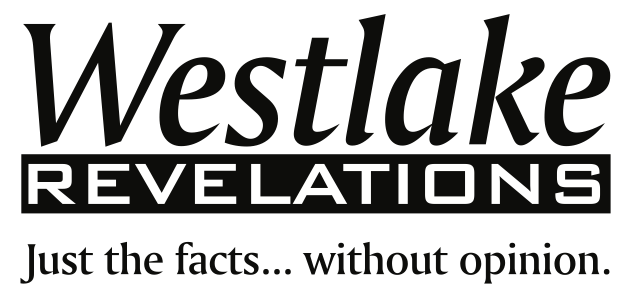[Disclaimer: While not relevant to how the facts contained in this article were gathered, the author of this article (Neil Ticktin) lives in Westlake Village’s Three Springs. Ticktin is currently opposed to the tank because it has not been shown as necessary, let alone the best solution, by LVMWD. If in the future, the tank is shown as necessary and the best solution, Ticktin would be open to its construction. The facts below have been verified over the past several months through LVMWD’s documentation as well as by any additional info LVMWD staff provided directly to date.]
Synopsis
As has been written about over the past several months, Las Virgenes Metropolitan Water District would like to add a 5 million gallon storage tank as part of an infrastructure upgrade project. It’s now clear that this has an impact on all LVMWD customers (not just Three Springs or Westlake Village even), including water rate increases to all LVMWD customers.
The tank is expected to be located at the Westlake reservoir, with construction traffic on Lindero Canyon Road, Triunfo Canyon Road, possibly Westlake Blvd., and Three Springs Drive. The District’s primary reasoning for spending $6-8 million in building the tank includes planning for substantive population growth, increased reliability of the water system, rising overhead costs, water usage growth, conservation, lower water acquisition rates, and increased fire protection.
In short, if the storage tank is built, LVMWD will need to raise rates sooner or by a larger amount, or a combination of both for all LVMWD customers.
Here are “Quick Facts” related to the water tank construction as it applies to all LVMWD customers.
Quick Facts on the Water Tank
The following are quick facts taken from reading the 214 Page Potable Water Master Plan and other documents in their entirety (at the suggestion of LVMWD staff), discussions with LVMWD board members, staff and community members, as well as presentation of materials by LVMWD.
LVMWD says it needs to raise water rates to cover rising overhead costs. Those rate increases can be substantially reduced or delayed for all LVMWD customers if LVMWD does NOT build the water storage tank. (Rate increases would impact the entire water district, including Westlake Village, Agoura, Calabassas, Hidden Hills, and several unincorporated areas).
The water district projects population to grow by 30% from 2010 to 2030. (FYI: Currently, population is almost 10% less than what LVMWD uses for its 2010 assumptions. Given that most of the area is built-out, it’s unclear how or where the growth will take place.)
During this same period of time (2010 to 2030), the water district expects water usage to increase by 60%. When comparing this number to 30% for LVMWD’s projected population growth, no reasoning given for why water usage outpaces the projected population growth, especially when at the same time LVMWD is following the State’s direction of cutting water usage 20% by 2020.
The proposed 5 million gallon water tank would increase, beyond where it already is today, both reliability and delivery options for LVMWD when serving Westlake Village and portions of Agoura.
LVMWD says that the addition of the water storage tank will allow water to be acquired at a lower wholesale rate. According to numbers stated by LVMWD, the projected savings are relatively small, and the payback period for the storage tank is estimated at 50 years. This payback time estimate is without interest or other costs, and assumes that wholesale rate structures and differentials between tiers hold firm for the next five decades, so there’s a significant chance the payback will not happen as projected.
The water tank, which holds 0.16% (i.e., less than 1%) of the capacity of the reservoir, would allow two simultaneous large scale fires to be fought with potable (drinkable) water. Only LVMWD has opined on this, no public opinions or support by LA County Fire have been shown. Alternatively, if two truly large fire disasters are taking place simultaneously, LVMWD can take the water from reservoir and put it into the potable system. While this water was filtered prior to being stored outdoors, it would normally be filtered again (to meet health standards). If used un-filtered, the water district would need to issue a “boil order” for any water that people need to drink. The same method could be used for other very large scale disasters. Obviously, LVMWD would need to pre-approve or notify health officials in the interest of a true emergency.
Water Board Member Barry Steinhardt has asked LVMWD staff if water conservation could avoid need for the water tank, and if so, how much conservation would be necessary. Staff made it clear at the public workshop that conservation had not been seriously looked at as an alternative. An off the cuff estimate by LVMWD’s General Manager was that the tank wouldn’t be necessary if water consumption were to be reduced by 50% . (Note: the water tank holds less than 1% of the capacity of the reservoir. No reason was given as to why such a drastic amount would prevent the need for the tank.)


